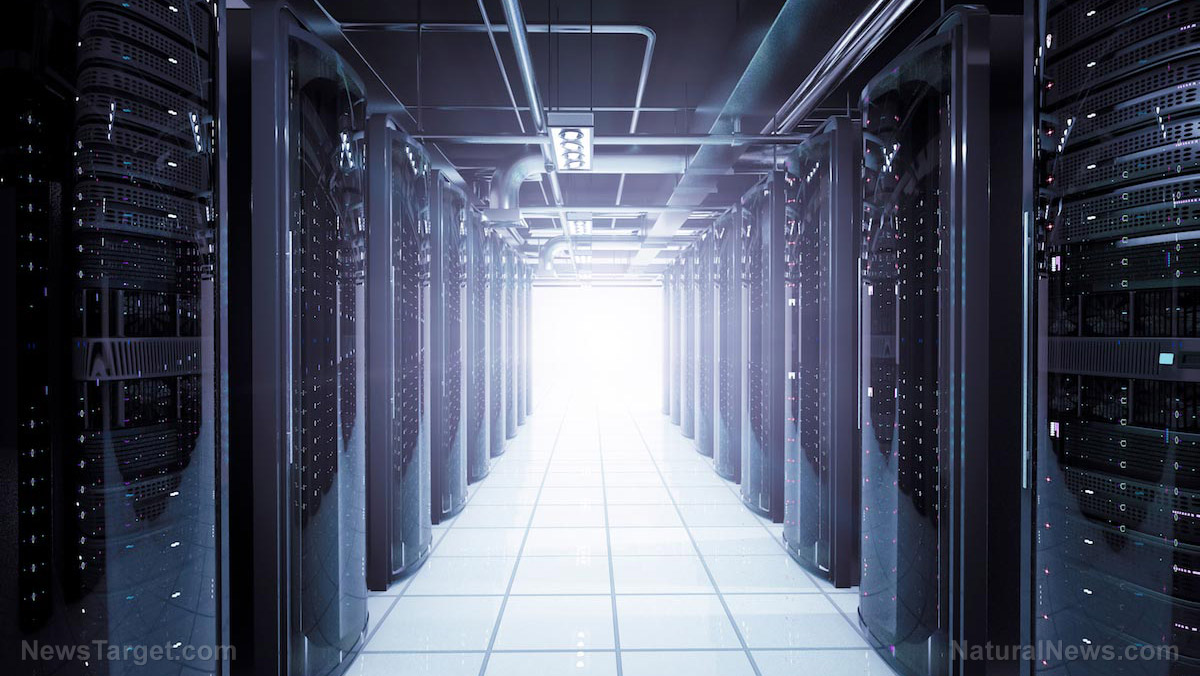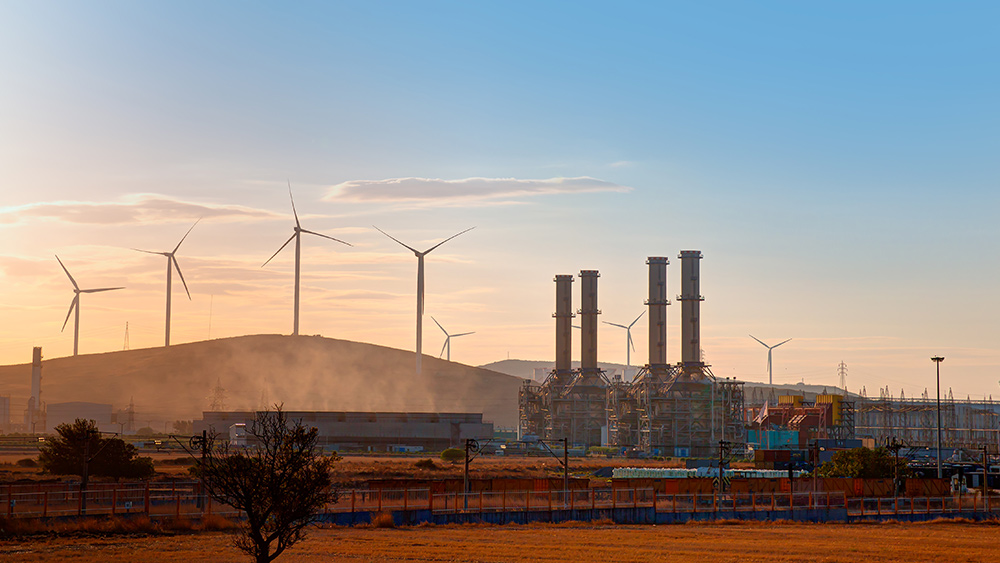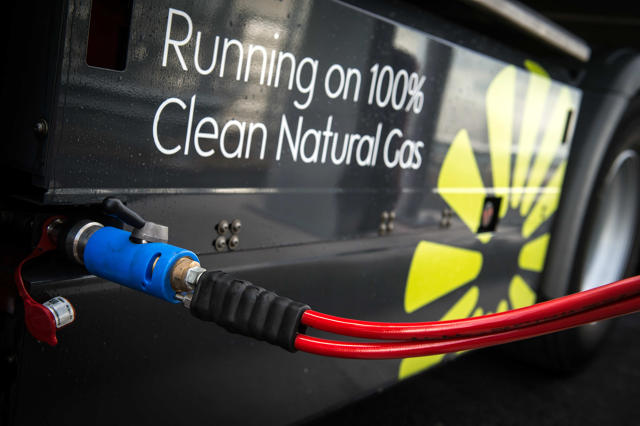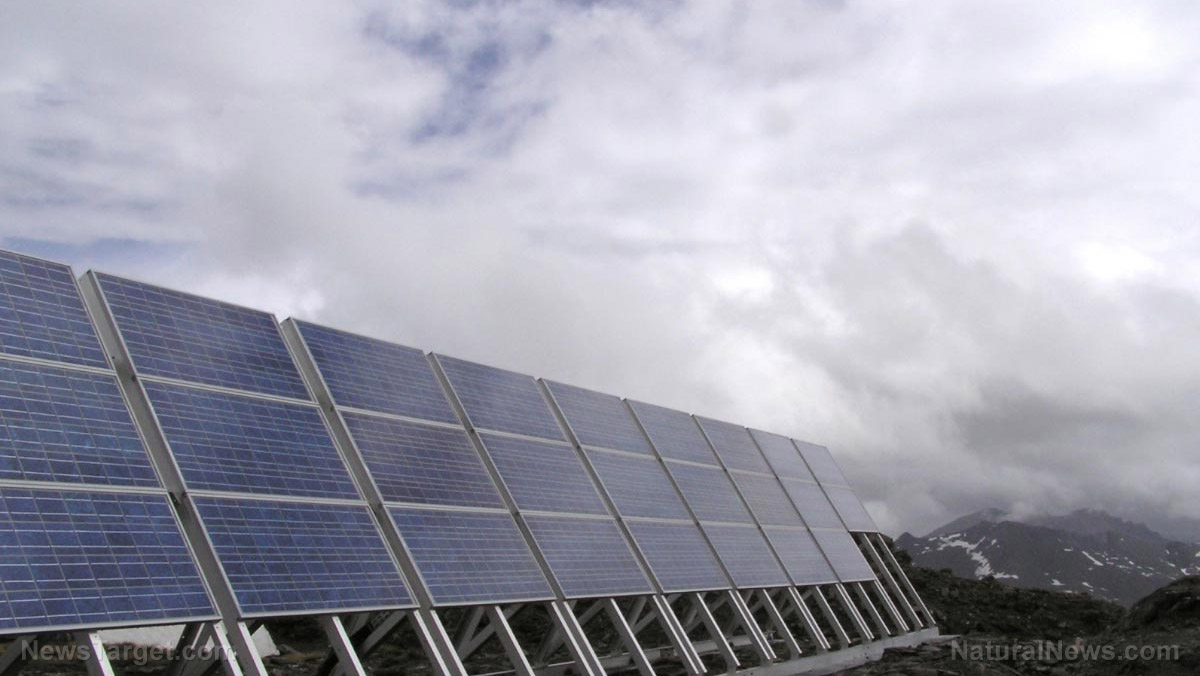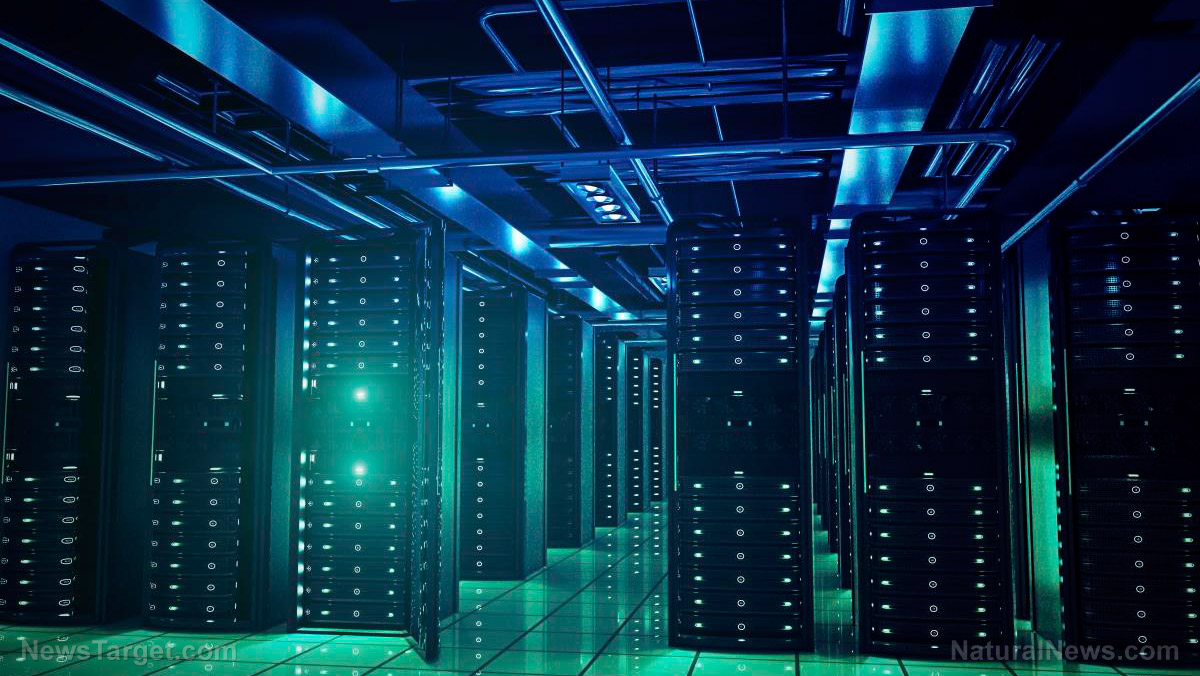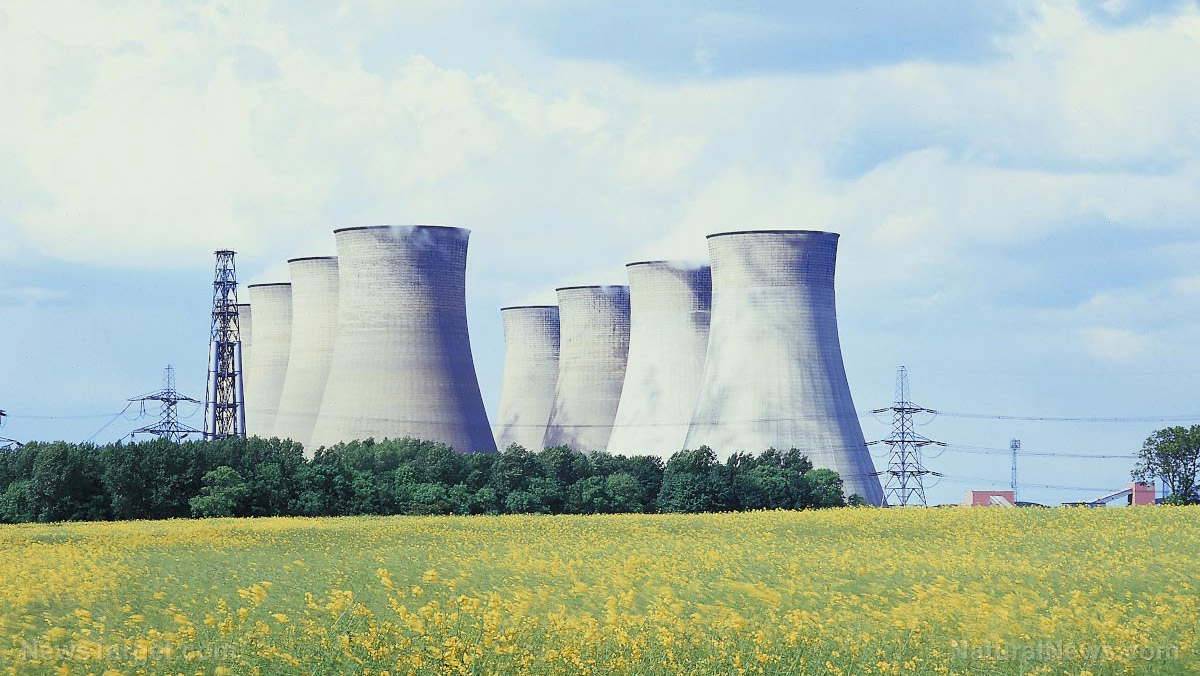Oh, the irony: Natural gas is the real MVP for AI and data centers – green energy can’t hack it
12/19/2024 / By Willow Tohi
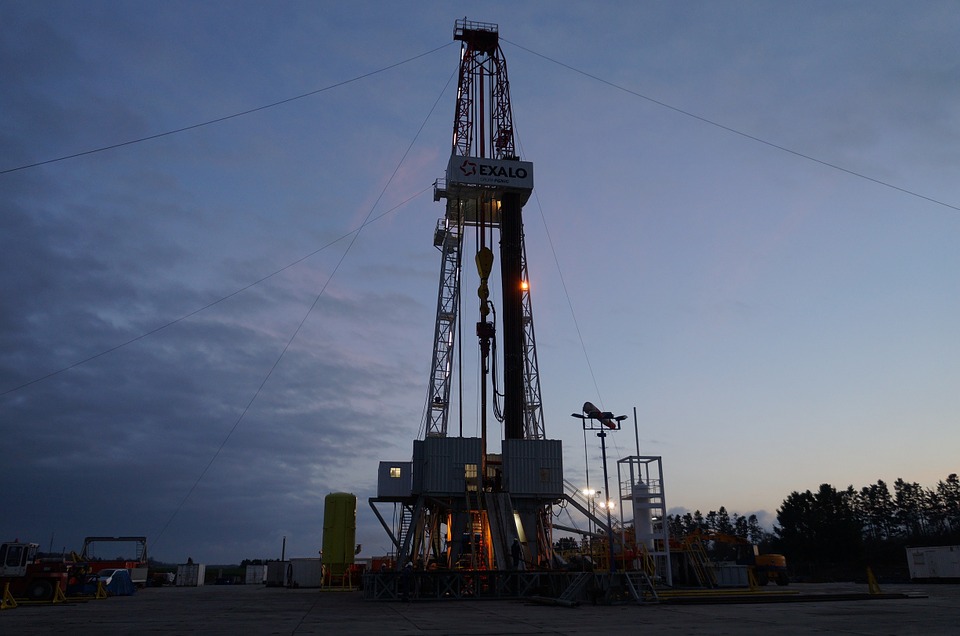
- The growing energy needs of AI, data centers, and cloud computing exceed the capabilities of intermittent renewable sources like wind and solar, making natural gas the practical solution for reliable power.
- Despite being a fossil fuel, natural gas is cleaner than coal and more reliable than renewables, with U.S. electricity generation using it contributing to a 60% reduction in carbon emissions since 2005.
- A report by Virginia’s JLARC and E3 found that the state’s clean energy laws (VCEA) are incompatible with its booming data center industry, projecting natural gas will remain essential for decades.
- By 2030, U.S. data centers could consume 8% of total electricity, requiring an additional 3 to 6 billion cubic feet per day of natural gas, concentrated in regions like Texas and the Southeast.
- The technologies supported by environmentalists, such as AI and big data, rely on natural gas, highlighting the need for a balanced energy policy that acknowledges the limitations of renewables and the role of natural gas in a cleaner future.
In a world increasingly obsessed with the promise of green energy, the reality of powering the digital age has delivered a stark and ironic revelation: renewable energy sources are not up to the task of supporting the voracious energy demands of artificial intelligence (AI) and data centers.
As the global economy becomes more reliant on AI, the need for massive data storage and processing capabilities has skyrocketed, placing unprecedented strain on the electrical grid. Yet, the solution to this energy crisis is not found in the wind turbines or solar panels championed by environmentalists, but in the reliable, abundant, and cleaner-than-coal fuel source known as natural gas.
A recent study commissioned by Virginia’s Joint Legislative Audit and Review Commission (JLARC) underscores this point. The 150-page report, conducted by energy consulting firm Energy + Environmental Economics (E3), confirms that Virginia’s ambitious clean energy laws, as outlined in the Virginia Clean Economy Act (VCEA), are incompatible with the state’s booming data center industry. The report projects that even in the most optimistic scenarios, natural gas will remain a critical energy source for decades to come, with some projections suggesting a new natural gas plant will be needed every two years to meet demand.
This conclusion is not unique to Virginia. Across the United States, data centers are emerging as a major driver of energy consumption. By 2030, these facilities could account for 8% of total U.S. electricity consumption, according to S&P Global Ratings. The energy demands of AI, cloud computing, and other cutting-edge technologies are simply too great to be met by intermittent renewable sources like wind and solar. Natural gas, with its ability to provide steady, reliable power, is the only practical solution.
Cleaner AND reliable
The irony is palpable. Environmentalists and policymakers have spent years championing green energy as the panacea for climate change, yet the very technologies they claim to support—AI, machine learning, and big data—are dependent on the fossil fuel they seek to phase out. The disconnect between the rhetoric of the green energy movement and the reality of modern energy needs is both striking and deeply problematic.
Natural gas, often dismissed as a transitional fuel, has quietly become the backbone of the U.S. energy system. According to the Institute for Energy Research, the use of natural gas for electricity generation has contributed to a 60% reduction in carbon emissions in that sector since 2005. While not a perfect solution, natural gas is cleaner than coal and far more reliable than renewables. It offers the rapid ramp-up capability and grid reliability necessary to support the 24/7 operations of data centers, which cannot afford the downtime associated with renewable energy’s intermittency.
The situation in Virginia is a microcosm of a broader national trend. Northern Virginia, for example, has become the largest data center market in the world, accounting for 13% of global operational capacity. This growth has been fueled by significant state and local incentives, as well as Virginia’s strategic location near major internet fiber backbones and federal government clients. Yet, as the data center industry thrives, so too does the demand for natural gas. The JLARC report estimates that Virginia’s energy deficit, created by the VCEA’s mandate to abandon coal and natural gas, cannot be filled by renewables alone, even if data center growth slows.
Green energy can’t meet demand
The reliance on natural gas is not just a Virginia problem; it’s a national one. S&P Global Ratings estimates that U.S. data centers will require an additional 3 to 6 billion cubic feet per day (bcf/d) of natural gas by 2030 to meet their energy needs. This demand will be concentrated in regions like Texas and the Southeast, where data centers are clustered near prolific natural gas production areas. The proximity of these facilities to gas fields will facilitate the rapid expansion of natural gas infrastructure, ensuring a steady supply of energy for the digital economy.
The environmental implications of this reliance on natural gas are complex. While natural gas is cleaner than coal, it is not without its carbon footprint. The challenge for policymakers is to balance the need for reliable energy with the goal of reducing greenhouse gas emissions. Hydrogen, often touted as a potential replacement for natural gas, remains an unproven technology at scale. Nuclear energy, another potential solution, is still years, if not decades, away from widespread adoption.
In the meantime, natural gas remains the most viable option for powering the data centers that drive AI and other transformative technologies. The irony is that the very industries pushing the boundaries of innovation are dependent on the fossil fuel that environmentalists seek to eliminate. This paradox highlights the need for a more nuanced approach to energy policy, one that recognizes the limitations of green energy and the critical role of natural gas in the transition to a cleaner future.
Sources include:
Submit a correction >>
Tagged Under:
awakening, data centers, electricity, energy supply, environ, fuel supply, future tech, glitch, green energy, green tyranny, left cult, natural gas, new energy report, power, power grid, research
This article may contain statements that reflect the opinion of the author
RECENT NEWS & ARTICLES
COPYRIGHT © 2022 EnergySupply.news
All content posted on this site is protected under Free Speech. EnergySupply.news is not responsible for content written by contributing authors. The information on this site is provided for educational and entertainment purposes only. It is not intended as a substitute for professional advice of any kind. EnergySupply.news assumes no responsibility for the use or misuse of this material. All trademarks, registered trademarks and service marks mentioned on this site are the property of their respective owners.


